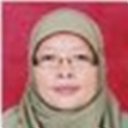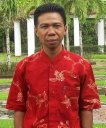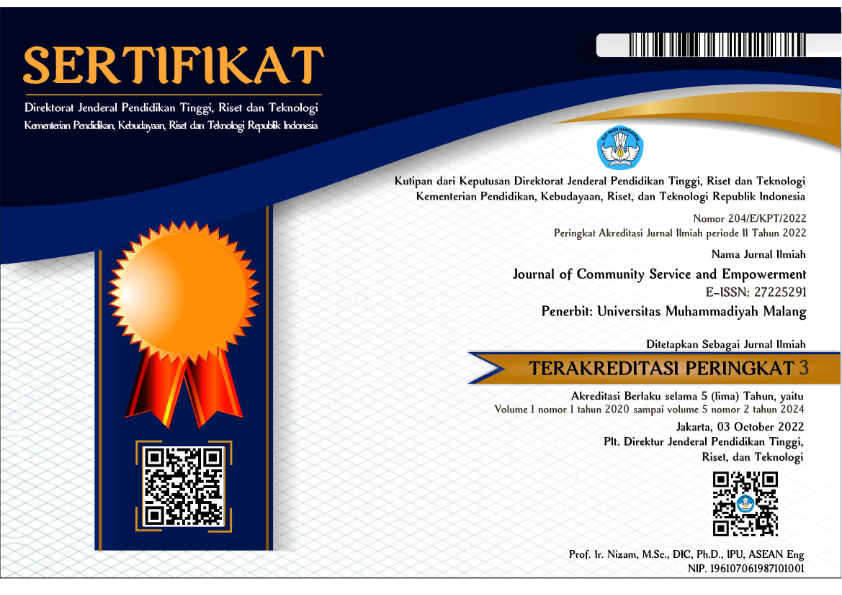Training of literacy-oriented teaching material development in MTs Al Ikhlas Soe, East Nusa Tenggara
DOI:
https://doi.org/10.22219/jcse.v1i2.12312Keywords:
literacy, teacher professionalism, teaching materialAbstract
In accordance with the paradigm of 21st century education, teachers are required to facilitate students with the learning process which addresses the improvement of students’ higher thinking skill. The community service which was conducted in MTs Al Ikhlas Soe, East Nusa Tenggara was aimed at: 1) culturing as well as developing students’ literacy in school; 2) improving students’ capacity in literacy; 3) managing students’ knowledge and higher thinking skill, as considerable as 4) elevating teachers’ professionalism so that learning process can be more effective and efficient. The methods used were lecture, discussion, brainstorming, simulation, and assignment. The materials delivered were about the arrangement and development of literacy-oriented teaching materials. The product produced from the training was implemented in learning process on VII graders. This was aimed to observe whether there was an improvement gained after the training given. The participants of this community service were 13 teachers and 34 students of MTs Al Ikhlas Soe. The results showed that teachers’ skill in arranging teaching materials has been improved. Furthermore, students’ understanding about the concept or their knowledge related to the materials has been upgraded after experiencing the implementation of literacy-oriented learning.Downloads
References
Abidin, Y., Mulyati, T., & Yunansah, H. (2017). Pembelajaran literasi. Jakarta: Bumi Aksara.
Aisyah, D. W., Gipayana, M., & Djatmika, E. T. (2017). Pengembangan bahan ajar berbasis literasi bercirikan Quantum Teaching untuk mengoptimalkan embelajaran efektif dan produktif. Jurnal Pendidikan: Teori, Penelitian, Dan Pengembangan, 2(5), 667–475. Retrieved from http://journal.um.ac.id/index.php/jptpp/article/view/10144/4829
Aisyah, R., Zakiyah, I. A., Farida, I., & Ramdhani, M. A. (2017). Learning crude oil by using scientific literacy comics. In Journal of Physics: Conference Series (Vol. 895, pp. 1–7). IOP Publishing. http://doi.org/10.1088/1742-6596/895/1/012011
Anastasiades, P. S., & Vitalaki, E. (2011). Promoting internet safety in Greek primary schools: the teacher’s role. Educational Technology and Society, 14(2), 71–80.
Berger, R., Woodfin, L., Plaut, S. N., & Dobbertin, C. B. (2014). Transformational literacy: Making the common core shift with work that matters. San Fransisco: John Wiley dan Sons, Inc. Retrieved from https://www.americanreading.com/el-education/overlay/9781118962237
Budiningsih, T. Y., Rusilowati, A., & Marwoto, P. (2015). Pengembangan buku ajar IPA terpadu berorientasi literasi sains materi energi dan suhu. Journal of Innovative Science Education, 4(2), 34–40. Retrieved from https://journal.unnes.ac.id/sju/index.php/jise/article/view/9902/6349
Eviani, E., Utami, S., & Sabri, T. (2014). Pengaruh model pembelajaran berbasis masalah terhadap kemampuan literasi sains IPA kelas V SD. Jurnal Pendidikan Dan Pembelajaran Khatulistiwa, 3(7), 1–13. Retrieved from http://jurnal.untan.ac.id/index.php/jpdpb/article/view/5862/6721
Griffin, P., & Care, E. (2015). Assessment and teaching of 21st century skills. London: Springer Dordrecht Heidelberg. http://doi.org/10.1007/978-94-017-9395-7
Kemdikbud. (2016). Panduan gerakan literasi di sekolah menengah pertama. Jakarta: Direktorat Pembinaan Sekolah Menengah Pertama.
Kurnia, F., Zulherman, & Fathurohman, A. (2014). Analisis bahan ajar Fisika SMA kelas XI di Kecamatan Indralaya Utara berdasarkan kategori literasi sains. Jurnal Inovasi Dan Pembelajaran Fisika, 1(1), 43–47. Retrieved from https://ejournal.unsri.ac.id/index.php/jipf/article/view/1263/419
Lestari, I. (2013). Pengembangan bahan ajar berbasis kompetensi. Padang: Akademia Permata.
Marmoah, S., Hartono, H., & Sadiman, S. (2019). Implementation of school-based management through a culture of literacy in elementary schools. Dwija Cendekia: Jurnal Riset Pedagogik, 3(2), 238–247. Retrieved from https://jurnal.uns.ac.id/jdc/article/view/35349/25559
Mayer, D. . (2014). Eksploring psychologi ninth edition. New York: Worth Publisher. Retrieved from https://www.amazon.ca/Psychology-David-G-Myers/dp/1429261781
OECD. (2019). PISA 2018 insight and interpretations. OECD. Retrieved from https://www.oecd.org/pisa/PISA 2018 Insights and Interpretations FINAL PDF.pdf
Prastowo, P. (2011). Panduan kreatif membuat bahan ajar inovatif. Yogyakarta: DIVA Press.
Rahayuni, G. (2016). Hubungan keterampilan berpikir kritis dan literasi sains pada pembelajaran IPA terpadu dengan model PBM dan STM. Jurnal Penelitian Dan Pembelajaran IPA, 2(2), 131–146. Retrieved from http://jurnal.untirta.ac.id/index.php/JPPI/article/view/926/811
Saadati, B. A., & Sadli, M. (2019). Analisis pengembangan budaya literasi dalam meningkatkan minat membaca siswa sekolah dasar. Terampil, 6(2), 151–164. http://doi.org/10.24042/terampil.v6i2.4829
Scott, C. L. (2015). The futures of learning 2: What kind of learning for the 21st Century? (No. 14). Ireland. Retrieved from http://unesdoc.unesco.org/images/0024/002429/242996E.pdf
Sugiono, P. M. (2015). Metode penelitian dan pengembangan. Res. Dev. D, 39–41.
Tanujaya, B., Mumu, J., & Margono, G. (2017). The relationship between higher order thinking skills and academic performance of student in Mathematics instruction. International Education Studies, 10(11), 78. http://doi.org/10.5539/ies.v10n11p78
Yamada-rice, D. (2011). New media, evolving multimodal literacy literacy practices and the potential impact on increased use of the visual mode in the urban environment on young children’s learning. Literacy, 45(1), 32–43. http://doi.org/10.1111/j.1741-4369.2011.00578.x


















